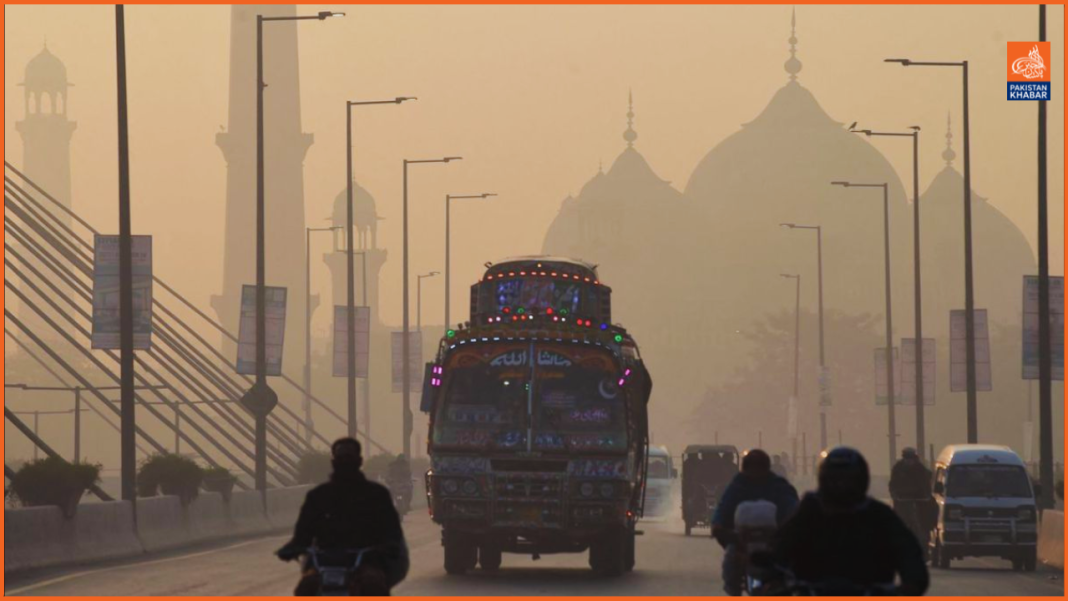On Monday, Lahore was ranked as the second most polluted city in the world, with its air quality index (AQI) hitting a staggering 382. Despite government initiatives to combat pollution, the thick layer of smog hanging over Punjab’s capital continues to pose serious health risks.
On Sunday, Lahore’s AQI skyrocketed past 1,000, reaching a record high of 1,194—well above the “dangerous” threshold of 300. According to IQAir, a Swiss air quality monitoring organization, the concentration of PM2.5 particles was recorded at 266, which is over 53 times higher than the safe limit recommended by the World Health Organization (WHO).
In response to the alarming situation, authorities have implemented emergency measures, including the closure of primary schools for a week and recommending that citizens work from home. Families are advised to keep children indoors, wear masks, and limit unnecessary travel.
Restrictions are also being enforced on three-wheeled vehicles, construction activities, and factories, with strict penalties for non-compliance. Other cities in Punjab, such as Faisalabad, are also grappling with rising smog levels, exacerbated by winds carrying polluted air from neighboring India. Senior Punjab Minister Marriyum Aurangzeb called the situation “unexpected,” attributing it to winds carrying pollutants across the border from India. She emphasized the need for diplomatic dialogue with New Delhi to tackle the shared air quality crisis, aligning with India’s recent calls for regional cooperation.
The health implications of toxic air are severe, leading to respiratory issues, strokes, heart disease, and potentially shortening life expectancy by an average of 7.5 years, according to the University of Chicago. Children are particularly vulnerable to pollution, with UNICEF reporting that over 600 million children in South Asia are exposed to harmful air quality levels.
Along with the school closures, Lahore’s environmental protection agency has imposed a ban on polluting vehicles and barbecues without filters in areas considered high-risk. Authorities have also limited outdoor school activities and adjusted schedules to reduce children’s exposure during peak pollution hours.




